When it comes to enhancing your performance and daily movement, understanding flexibility and mobility is essential. You might not realize how much these aspects impact your overall well-being and injury prevention. By incorporating effective stretching techniques and mobility exercises into your routine, you can access a greater range of motion. But it's not just about stretching; there are specific strategies and tips that can help you maintain these benefits over time. Curious about how to implement these techniques in your life?
Understanding Flexibility and Mobility
Flexibility and mobility are essential components of physical fitness that often get confused. While they're related, they serve distinct functions in your body's performance.
Flexibility refers to the ability of your muscles and tendons to stretch. It's about how far you can extend a muscle or joint through its range of motion. Good flexibility allows you to perform movements without tightness or restriction, which can enhance your overall physical capabilities.
On the other hand, mobility is a broader concept that combines flexibility with your body's ability to move freely and efficiently. It's about how well you can control your joints and perform movements across various ranges of motion. Mobility not only involves flexibility but also strength, coordination, and balance.
When you work on your mobility, you're focusing on the quality of your movement, which is vital for athletic performance and daily activities.
You might notice that when you improve your flexibility, your mobility may also benefit. However, you need to approach each aspect with different techniques. Stretching exercises can boost flexibility, while dynamic movements and functional training can enhance mobility.
Understanding this distinction helps you target your fitness goals with precision. By recognizing the difference between flexibility and mobility, you'll be better equipped to create a well-rounded fitness routine that addresses both aspects, ultimately leading to improved performance and reduced injury risk.
Benefits of Enhanced Flexibility
Enhanced flexibility brings a plethora of benefits that can considerably improve your physical performance and overall well-being. When you increase your flexibility, you might notice a significant boost in your range of motion. This means you can perform daily activities with greater ease, whether it's reaching for something on a high shelf or bending down to tie your shoes.
Moreover, enhanced flexibility can lead to improved athletic performance. Whether you're running, swimming, or practicing yoga, being more flexible can help you execute movements more efficiently. You'll likely experience reduced muscle tension and a lower risk of injuries, as your body becomes more adaptable to various physical demands.
In addition to physical benefits, flexibility plays a vital role in your mental well-being. Engaging in stretching routines can help alleviate stress and promote relaxation. This calming effect can enhance your focus and mental clarity, making it easier to tackle tasks throughout your day.
Better posture is another advantage you'll enjoy with increased flexibility. Improved alignment can relieve strain on your muscles and joints, reducing discomfort and fatigue. You'll likely find that you feel more energized and less prone to aches and pains.
Effective Stretching Techniques
To reap the full benefits of improved flexibility, incorporating effective stretching techniques into your routine is essential. Stretching not only enhances your range of motion but also helps prevent injuries and reduces muscle tension.
Here are some effective techniques you should consider:
- Static Stretching: Hold a position for 15-30 seconds to elongate the muscle. This is ideal after your workout when your muscles are warm.
- Dynamic Stretching: Involves controlled movements that gently take you to the limits of your range of motion. Perform these before your workout to prepare your muscles.
- PNF Stretching: Proprioceptive Neuromuscular Facilitation combines stretching and contracting of the muscle group. It's effective for increasing flexibility and can be done with a partner or alone.
- Ballistic Stretching: This method uses momentum to push your muscles beyond their normal range. It's typically not recommended for beginners due to the risk of injury, but can be effective for advanced athletes.
Whichever techniques you choose, make sure to listen to your body and avoid pushing yourself too far.
Consistency is vital—aim to stretch at least three times a week for the best results.
Mobility Exercises to Incorporate
Incorporating a variety of mobility exercises into your routine can greatly improve your overall movement quality and functional performance. These exercises focus on enhancing the range of motion in your joints, which can lead to better strength, coordination, and reduced risk of injury.
Start with dynamic stretches like leg swings and arm circles. These movements warm up your muscles and joints, preparing them for more intensive activity. Try performing 10-15 swings in each direction for each leg and 10 arm circles forward and backward.
Next, include hip openers such as the 90/90 stretch. Sit on the floor with one leg in front of you bent at a 90-degree angle and the other leg behind you, also bent at a 90-degree angle. Hold the position for 30 seconds, then switch sides. This stretch improves hip mobility, which is essential for activities like squatting and running.
Incorporate thoracic spine rotations. Sit on your knees, place one hand behind your head, and rotate your torso, bringing your elbow toward the opposite knee. This increases upper back mobility and improves posture.
Lastly, don't overlook ankle mobility. Perform ankle circles by lifting one foot off the ground and rotating it in circles for about 10 repetitions in each direction.
Tips for Maintaining Flexibility
Maintaining flexibility is crucial for overall mobility and can easily be integrated into your daily routine. By incorporating a few simple habits, you can keep your muscles and joints limber, reducing the risk of injury and enhancing your athletic performance.
Here are some actionable tips to help you maintain your flexibility:
- Stretch Daily: Set aside just 10-15 minutes each day for stretching. Focus on all major muscle groups, holding each stretch for 15-30 seconds. This consistent practice will keep your muscles elongated and supple.
- Warm Up Before Workouts: Always include a proper warm-up before any physical activity. Dynamic stretches, such as arm circles or leg swings, can increase blood flow and prepare your body for movement.
- Incorporate Yoga or Pilates: These practices emphasize stretching and strength, promoting flexibility while enhancing core stability. Aim for one or two classes a week to experience the benefits.
- Stay Hydrated: Hydration plays an essential role in muscle elasticity. Drink plenty of water throughout the day to help keep your muscles functioning effectively.
Conclusion
Incorporating flexibility and mobility into your routine is essential for enhancing your athletic performance and daily activities. By practicing effective stretching techniques and mobility exercises, you can greatly improve your range of motion and reduce injury risk. Remember, consistency is key—make stretching and mobility a part of your warm-ups, stay hydrated, and you'll notice the benefits in no time. Embrace these practices, and you'll enjoy greater well-being and improved physical function in every aspect of your life.



